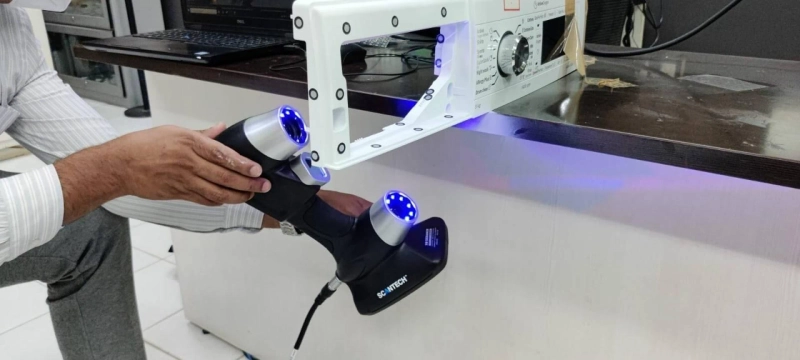How to Choose a Top 3D Scanning Service Provider
3D scanning technology has revolutionized various industries, from manufacturing to healthcare, by providing precise and detailed digital representations of objects and environments.
When ...


3D scanning technology has revolutionized various industries, from manufacturing to healthcare, by providing precise and detailed digital representations of objects and environments.
When ...

